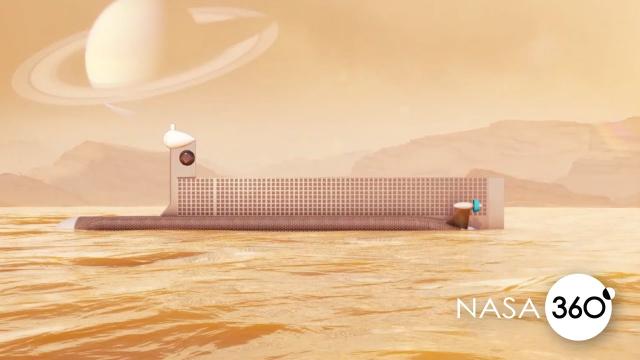Outer Space & Universe
Outer Space & Universe
Space, also known as outer space, is the near-vacuum between celestial bodies. It is where everything (all of the planets, stars, galaxies and other objects) is found.
On Earth, space begins at the Kármán line (100 km above sea level). This is where Earth's atmosphere is said to stop and outer space begins. This is not a firm boundary but is a convention used by scientists and diplomats.
Items in space are free to move back and forth; up and down; and left and right. These three dimensions are what make 3D space. Items also move forward through time, which is sometimes called the fourth dimension.
The majority of space contains very little matter and so most of it is a vacuum. Scientists do not know how big space is but we do know that space is extremely big, and is always expanding.
According to the big bang theory, all matter and energy in the Universe was compressed into a very small space. Then it exploded and started expanding. Space is still growing in size today; this means the distance from one galaxy to distant galaxies is getting longer.
Gravity is the force that keeps the Moon in orbit around the Earth and the planets in orbit around the Sun. Gravity can stretch and bend space similar to how a heavy ball placed on a stretched sheet of rubber will cause the rubber to stretch. The scientist who discovered that space can bend is named Albert Einstein. How gravity bends space is part of his theory of general relativity.
Astronauts, Cosmonauts, Taikonauts and Spationauts
An astronaut is any person who is trained by NASA to travel and perform tasks in space. Although the space traveler may not necessarily be a United States citizen, each astronaut does go through a rigorous training regiment by the National Aeronautics and Space Administration. Other space travelers go by other names then astronaut depending on their country of origin.
In the United States, astronaut is derived from the Greek words ástron (star) and nautis (sailor). While, in Russia, a space traveler goes by the name космонавт (English: cosmonaut), which is derived from the Greek words kosmos (universe) and nautis (sailor). Westerners call a space traveler from China a taikonaut, based on the 1998 writings of Chiew Lee Yik and Chen Lan where the term tàikōng (great emptiness), Chinese for “space”. In China, the term yuháng yuán (universe navigator) is used for space traveler.
Only the United States of America (United States), Russia (earlier, the Union of Soviet Socialist Republics), and the People’s Republic of China (China) have sent manned spacecraft into space. Other countries have assisted these countries by sending their own space travelers on space missions. For instance, a French space traveler is called a spationaut (from the French word spationaute), which is derived from the Latin spatium (space) and Greek nautis (sailor). (plural in Greek nautes = sailors)
-
01:17
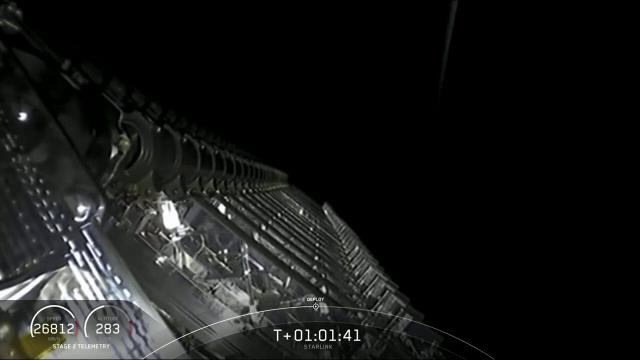
Watch SpaceX deploy 60 Starlink satellites in stunning view from space
Added 341 Views / 0 LikesSpaceX deployed 60 new internet-providing Starlink satellites a little over an hour after launch on Oct. 6, 2020. -- SpaceX launches 60 Starlink satellites and lands rocket at sea: https://www.space.com/spacex-starlink-12-internet-satellites-launchCredit:
-
00:49
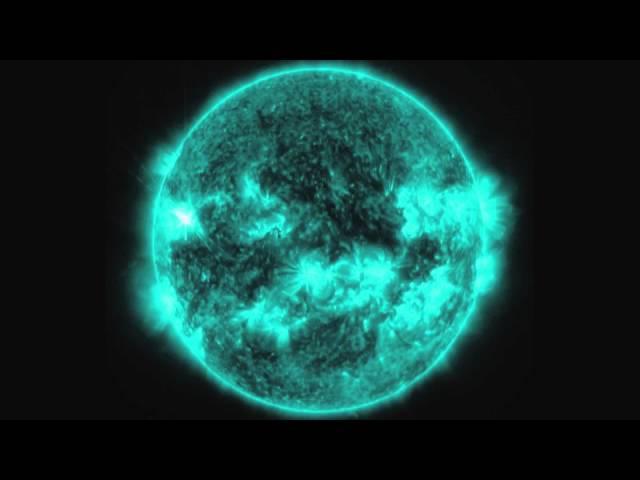
Strong Solar Flare Spits Fire, Snapped By Spacecraft | Video
Added 893 Views / 0 LikesStrong Solar Flare Spits Fire, Snapped By Spacecraft | Video
-
12:19
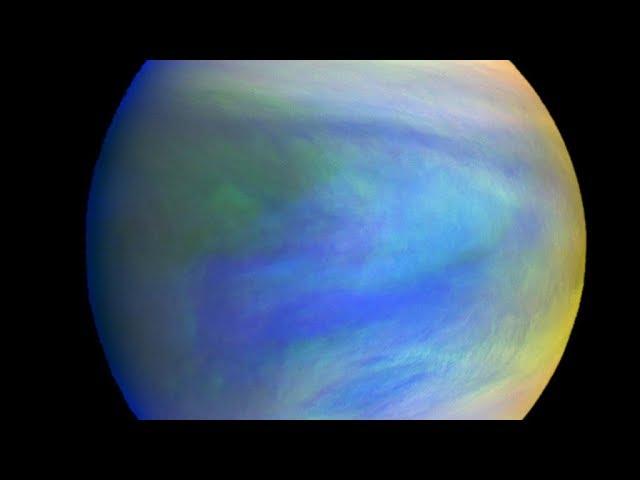
Are there Active Volcanoes on Venus? Scientists ask Now.
Added 383 Views / 0 LikesMy guess would be yes.God bless everyone,T LEWISON5430 BIRDWOOD RD. #416 HOUSTON TEXAS 77096WWW.PAYPAL.ME/THORNEWS www.venmo.com/TEric-Lewison $THORnews on CashApphttps://www.patreon.com/thornews$210 to go! $888 January 2020the articlehttps://www.universe
-
09:04
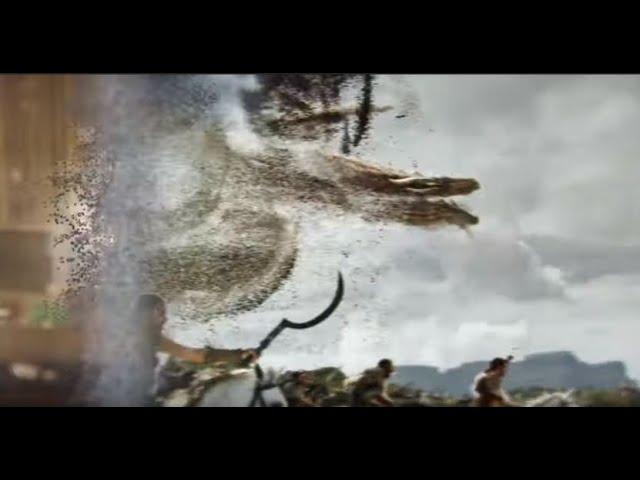
California West Coast Eclipse Rain, Fire & Ice Storms = Moisture Dragons in the Sky
Added 501 Views / 0 LikesAsteroid Fight Club.We got major massive Severe Weather Dragons y'all. Be Ready. Stay Aware. Have a good plan.Happy New Year.God bless everyone,Stay Cool.Thttps://www.paypal.me/THORnews@newTHOR on twitterhttps://www.facebook.com/thornewsgoTshirtshttps://h
-
01:10
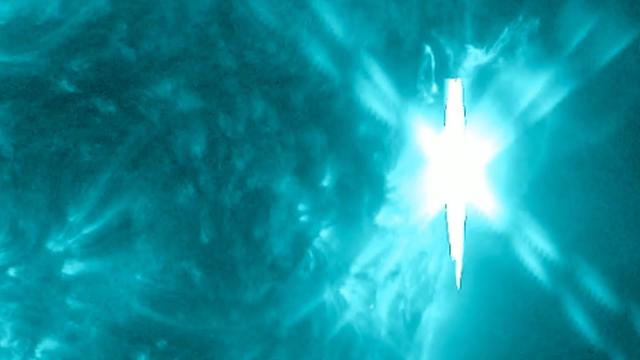
X2 flare! Sunpot's powerful eruption captured in multiple wavelengths
Added 84 Views / 0 LikesSunspot AR3738 erupted with a X2-class solar flare on July 16, 2024. See the blast in multiple wavelengths from NASA's Solar Dynamics Observatory. Footage courtesy: NASA / SDO and the AIA, EVE, and HMI science teams, helioviewer.org | edted by Space.com's
-
01:56
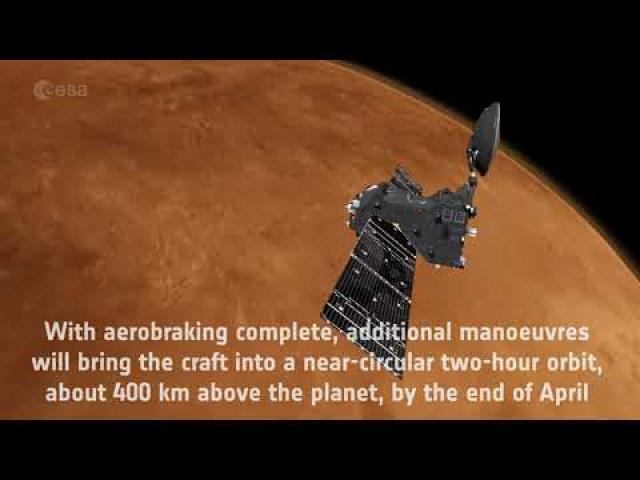
ExoMars Trace Gas Orbiter Completes Aerobraking Around Red Planet
Added 430 Views / 0 LikesExoMars Trace Gas Orbiter Completes Aerobraking Around Red Planet
-
01:34
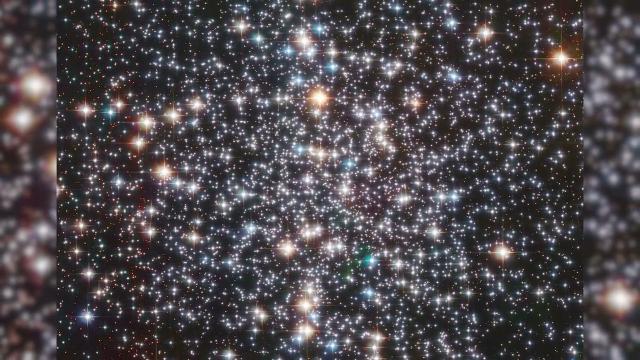
Black hole 6000 light-years away? Hubble Space Telescope finds evidence
Added 196 Views / 0 LikesThe Hubble Space Telescope has found evidence of an "intermediate-sized" black hole about 6000 light-years away in the closest globular star cluster to our home planet. Credit: NASA's Goddard Space Flight Center Paul Morris: Lead Producer Music CreditTess
-
02:13
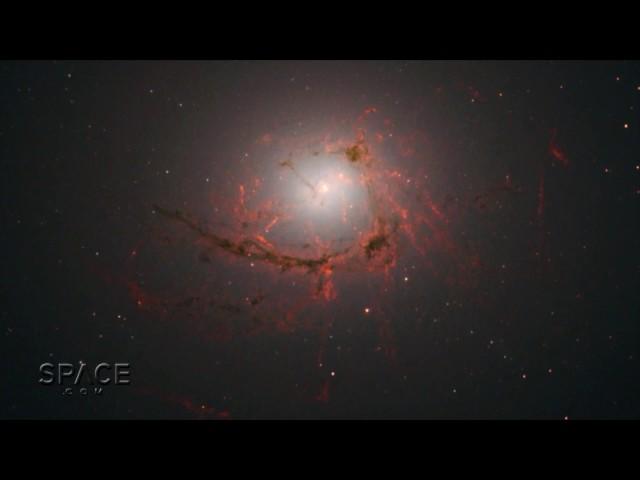
Oddball Galaxy With 'Tangled Threads' Snapped By Hubble | Video
Added 472 Views / 0 LikesOddball Galaxy With 'Tangled Threads' Snapped By Hubble | Video
-
03:29
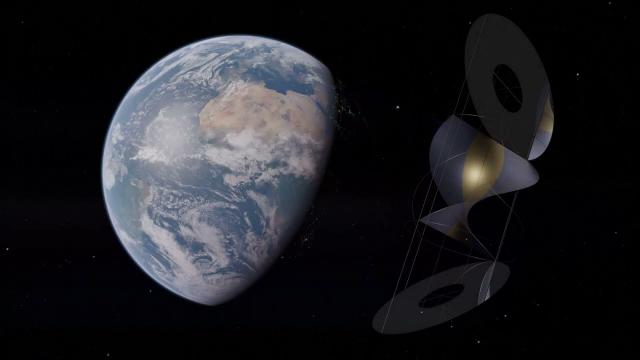
Beaming solar power down from space - See a UK initiative's plan
Added 198 Views / 0 LikesThe Space Energy Initiative is hoping to build a constellation of satellites to deliver solar power to the UK. Credit: Space Energy Initiative
-
05:07
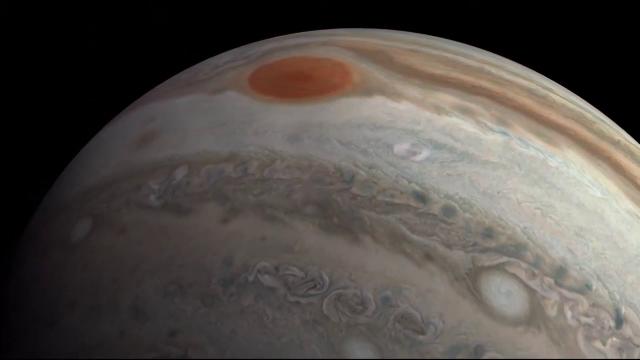
Incredible Jupiter flyover created from NASA Juno imagery
Added 447 Views / 0 LikesImagery from a June 2, 2020 flyover of Jupiter by NASA's Juno mission has been compiled by Kevin M. Gill to create this flyover. The spacecraft was "approximately 2,100 miles (3,400 kilometers) of Jupiter’s cloud tops," according the Juno team. -- Juno: T
-
04:19
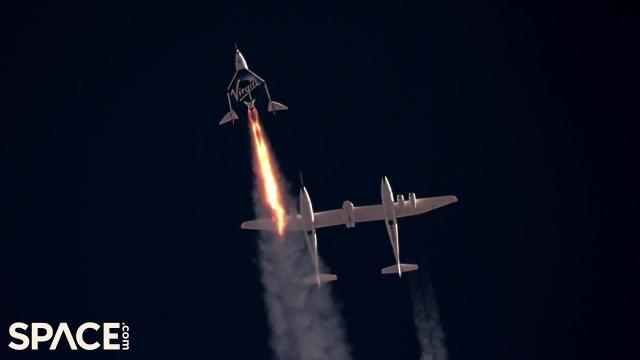
Relive Virgin Galactic's historic Unity 22 flight with Richard Branson in these highlights
Added 331 Views / 0 LikesVirgin Galactic founder Richard Branson and fellow mission specialists Sirisha Bandla, Colin Bennett and Beth Moses took off on a mission for a lifetime on July 11, 2021. See the highlights from Spaceport America in New Mexico and select moments from the
-
02:28
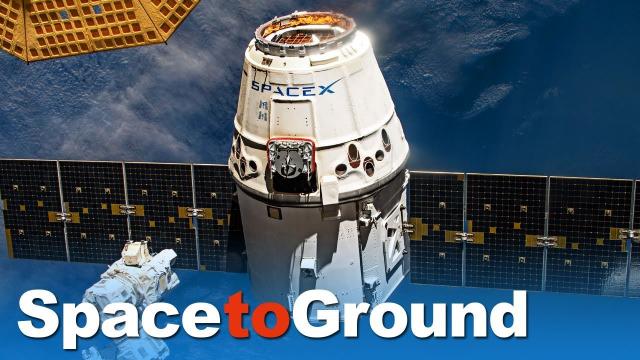
Space to Ground: Descending Dragon: 01/10/2020
Added 386 Views / 0 LikesNASA's Space to Ground is your weekly update on what's happening aboard the International Space Station. Got a question or comment? Use #AskNASA to talk to us.Learn more about the important research being operated on Station:https://www.nasa.gov/iss-scien
-
01:41
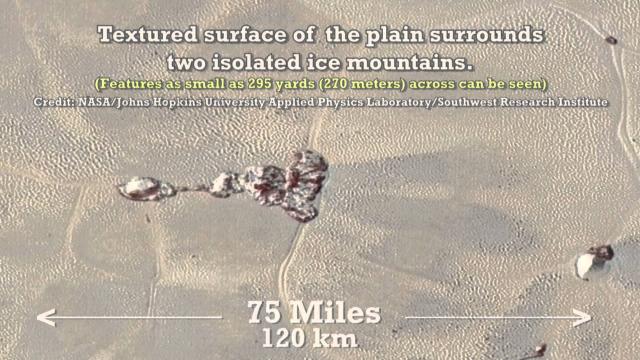
Pluto's 'Snakeskin' Terrain Revealed In High Resolution | Video
Added 628 Views / 0 LikesPluto's 'Snakeskin' Terrain Revealed In High Resolution | Video
-
01:08
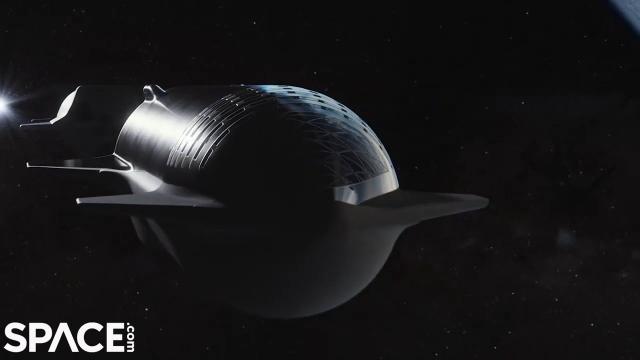
NASA chooses SpaceX Starship for propellant transfer demonstration
Added 372 Views / 0 LikesSpaceX will partner with NASA's Glenn Research Center and Marshall Space Flight Center to demonstrate propellant transfer between tanks on a Starship. Credit: Space.com / animation courtesy: SpaceX / produced & edited by Steve Spaleta (http://www.twitter.
-
01:08
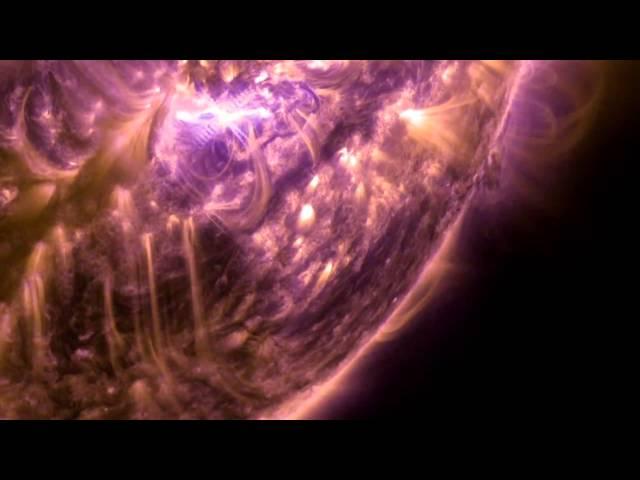
Sun Shows Holiday Spirit With X-Flare Blast | Video
Added 723 Views / 0 LikesSun Shows Holiday Spirit With X-Flare Blast | Video
-
20:09
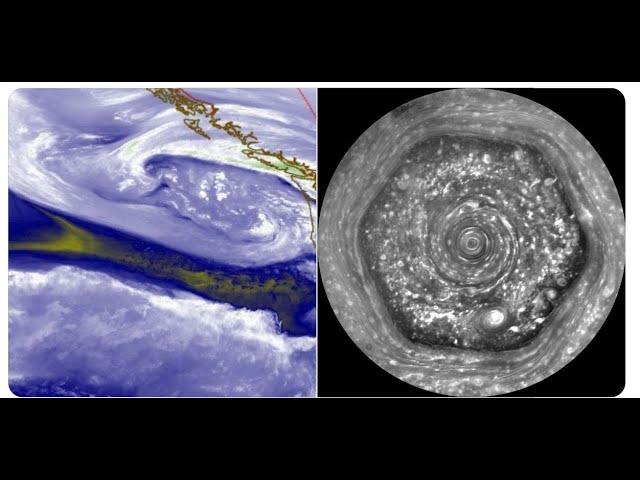
a WILD look at the Dangerous& Deadly Coast to Coast USA Monster Storm.
Added 452 Views / 0 Likeshttps://www.paypal.me/THORnewsWe're on full wild Weather alert for the next 10 days. The Full Eclipse energy always adds a large dose of weather danger.God bless everyone,T@newTHOR on twitterhttps://www.facebook.com/thornewsgoTshirtshttps://hitthebuttonba
-
00:51

SpaceX Dragon crew is 'go for EVA operations' in amazing animation
Added 74 Views / 0 LikesA SpaceX Dragon crew vents and begins to exit the spacecraft for a spacewalk in this animation. -- SpaceX 'go' to launch private Polaris Dawn spacewalk mission: https://www.space.com/spacex-polaris-dawn-to-launch-farthest-human-spaceflight-since-apolloCre
-
10:14
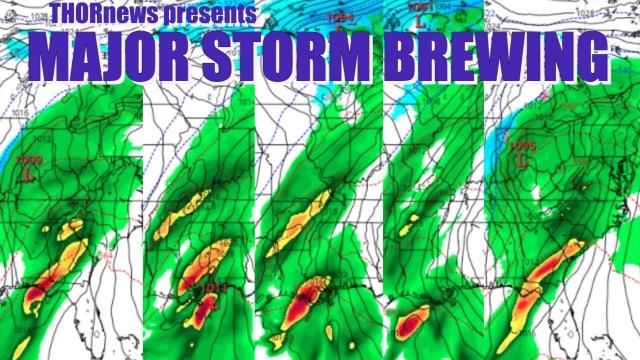
Major DEADLY Storm to hit Gulf Coast & East Coast USA the 27th-30th of Jan
Added 729 Views / 0 LikesMajor DEADLY Storm to hit Gulf Coast & East Coast USA the 27th-30th of Jan

